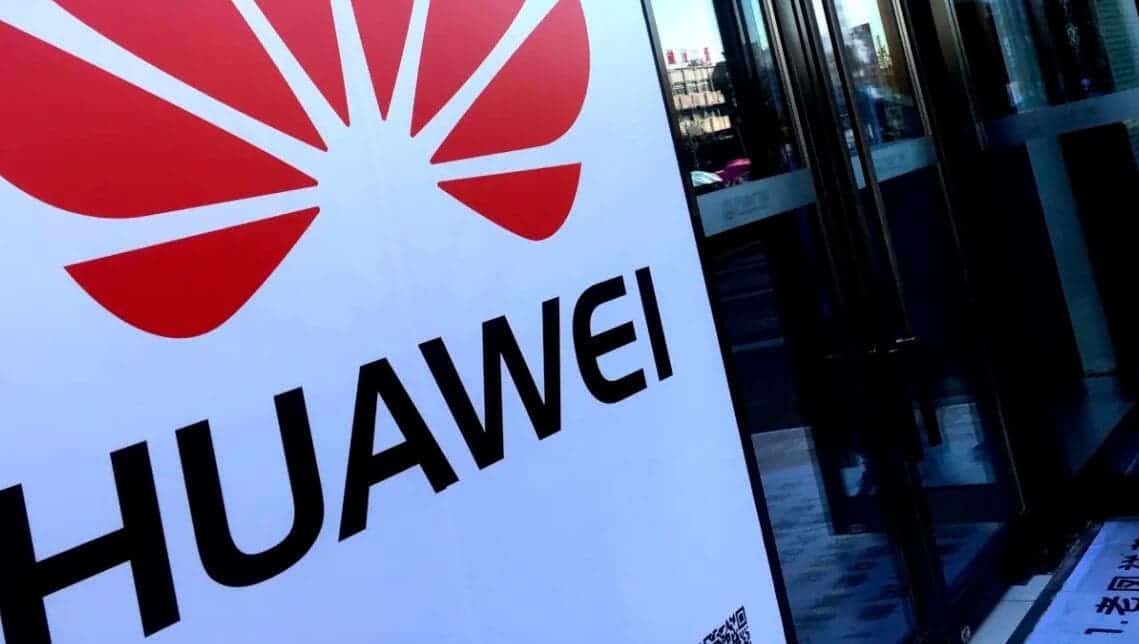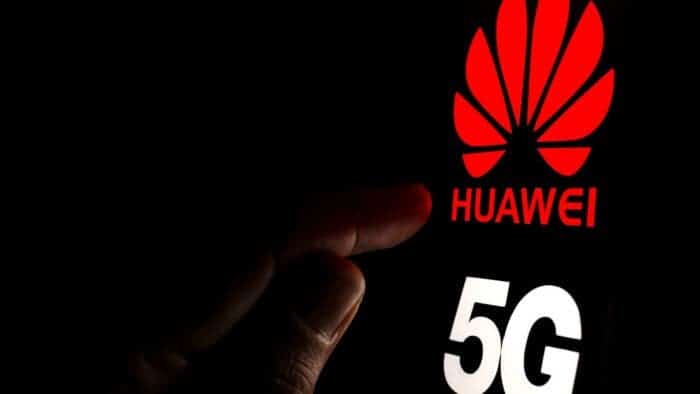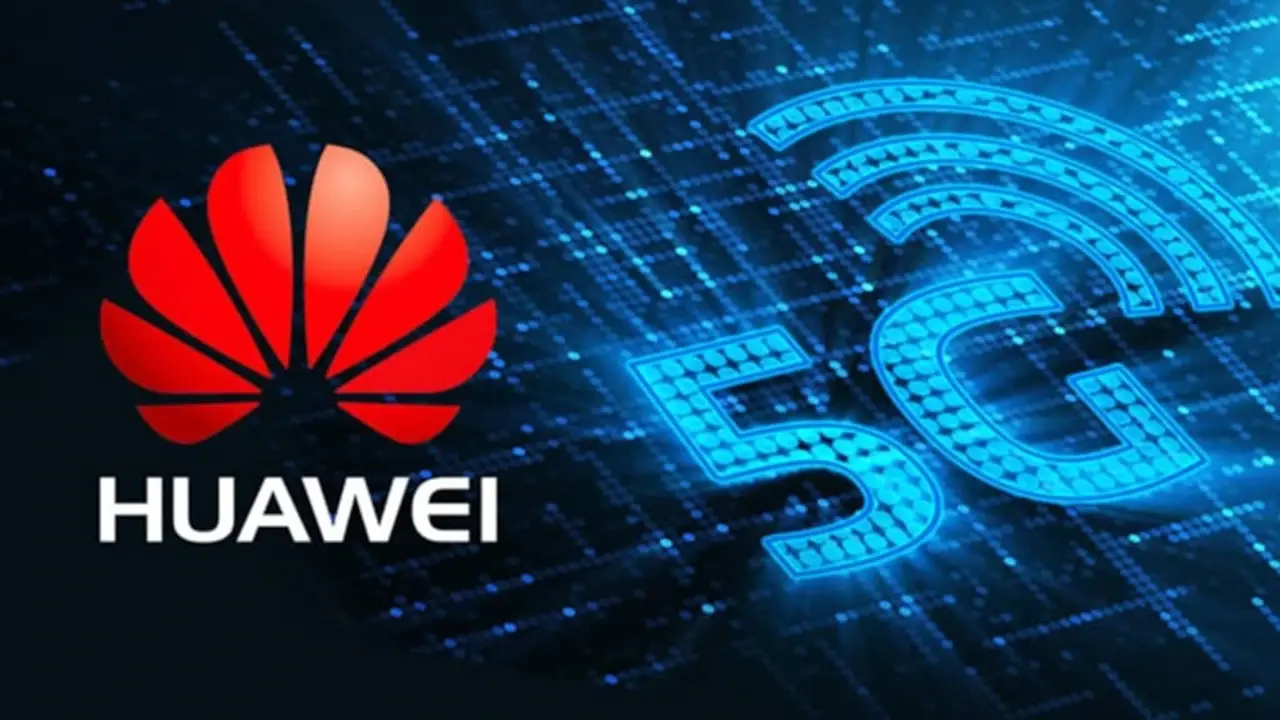Huawei, the Chinese telecommunications giant, has been dealing with US government sanctions for more than four years. In May 2019, the US Department of Commerce placed Huawei on the entity list, essentially banning US companies from selling hardware and software to the company and cutting off its access to 5G chipsets. This move dealt a significant blow to Huawei’s business, as it heavily relied on US suppliers for its chipsets.
However, a recent report from Reuters suggests that Huawei may finally be able to use 5G chipsets that have been co-developed with China’s Semiconductor Manufacturing International Corporation (SMIC). The report indicates that Huawei and SMIC are developing 5G chipsets using SMIC’s N+1 manufacturing process and Huawei’s electronic design automation (EDA) software tools.
SMIC’s manufacturing process will be comparable to the 7nm process technologies of its competitors in terms of power and stability. Although it is not actually fabbed on a 7nm process. The yield rates for Huawei’s upcoming 5G chipsets will be below than 50%. And the forecasts suggest that the company may produce 2 to 4 million 5G chipset units initially. With a possibility of reaching 10 million units later on.
This development could be a significant breakthrough for Huawei. As it has been struggling to find alternative suppliers for its 5G chipsets since the US sanctions took place. Huawei’s own HiSilicon chipsets, which it had been using in its smartphones, were also subject of the ban. The company had been exploring alternatives, including MediaTek and Qualcomm. But they considered these options as not viable in the long run due to the geopolitical tensions between China and the US.
The first Huawei phone to launch with the newly developed 5G chipset will launch later this year. This could potentially give Huawei an advantage in the highly competitive smartphone market, where 5G capabilities are becoming increasingly important. However, it remains to be see how successful this partnership with SMIC will be. And how it will impact Huawei’s position in the market.
Analysis of Huawei’s situation with 5G smartphones
The potential launch of 5G phones with co-developed chipsets is a significant development for Huawei, as it will allow the company to compete more effectively in the global smartphone market. 5G is becoming increasingly important, and Huawei’s ability to offer 5G phones will be a major advantage.
However, there are some challenges that Huawei faces in producing and selling 5G phones. The first challenge is the low yield rates for Huawei’s 5G chipsets. This means that the company will need to produce a large number of chips in order to meet demand. The second challenge is the quality of the chips. It is possible that the quality of Huawei’s 5G chipsets may not be as good as those produced by other companies.
Gizchina News of the week
Overall, this suggests that Huawei’s co-developed 5G chipsets could be a major advantage for the company. However, there are some challenges that Huawei will need to overcome in order to be successful in the global smartphone market.
Here are some additional thoughts on the subject:
- The US sanctions on Huawei have had a significant impact on the company’s business. The sanctions have made it difficult for Huawei to obtain the components it needs to manufacture its products. This has led to a decline in Huawei’s market share in the global smartphone market.
- The collaboration between Huawei and SMIC is a sign that Huawei is committed to developing its own 5G chipsets. This is a positive development for Huawei, as it will give the company more control over its supply chain.
- The potential benefits of 5G chipsets for the company and for the global smartphone market are significant. Huawei’s 5G chipsets could help the company to regain its market share in the global smartphone market. They could also help to accelerate the adoption of 5G technology around the world.

The future of Huawei smartphones
The future of Huawei smartphones is uncertain, but there are some potential scenarios that could play out.
- Huawei could continue to develop its own 5G chipsets and become a major player in the global smartphone market. This would require the company to overcome the challenges of low yield rates and quality control. However, if Huawei is successful, it could regain its market share and become a major competitor to Apple and Samsung.
- Huawei could focus on other areas of the tech industry, such as cloud computing and artificial intelligence. This would allow the company to continue to grow and innovate, even if it is not able to compete in the global smartphone market.
- Huawei could be acquired by another company. This would allow the company to continue to operate, but it would mean that Huawei would no longer be a Chinese-owned company.
Huawei smartphones will depend on a number of factors, including the outcome of the US-China trade war, the development of 5G technology, and the company’s ability to overcome the challenges it faces. However, the potential for Huawei to continue to be a major player in the global smartphone market is still there.
Here are some additional factors that could affect the future of Huawei smartphones:
- The popularity of 5G technology. If 5G becomes widely adopted, it could help Huawei to regain its market share in the global smartphone market.
- The development of Huawei’s own operating system, HarmonyOS. If HarmonyOS is successful, it could help Huawei to reduce its reliance on Google’s Android operating system.
- The political climate between the United States and China. If the political climate between the two countries improves, it could make it easier for Huawei to obtain the components it needs to manufacture its products.
Overall, the future of Huawei smartphones is uncertain. However, the company has the potential to continue to be a major player in the global smartphone market, if it is able to overcome the challenges it faces.






